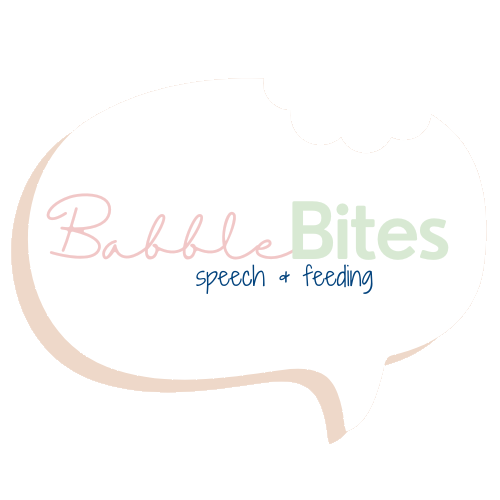Functional Words: How to teach your baby to ask for “More”
The word “more” is an extremely functional and motivating word for babies to learn, because it gives them the ability to request more of something they want, whether it’s food, a toy, or an action.
How to Teach Your Baby the Word, “More”
1. Model the word “more” frequently across different activities
Start by modeling the word (and sign if you want!) every time you give your baby more of something. Meal and snack times provide a great opportunity for this, because you can give your child a few pieces, and when they are done, model the word/sign “more” as you place more on their tray. Other activities that provide a lot of opportunities to model the word “more” include toys that have multiple pieces, like blocks, puzzles, and trains, or activities that have repeatable actions, like blowing bubbles, pushing on the swing, passing a ball, or singing songs.
Here is the sign for “more.” You can pair it with the verbal word.
2. Bring your baby’s attention to your mouth as you model the word “more”
You can also point to your mouth while you say the word “more” to bring your baby’s attention to the way your mouth is moving. The consonant sound /m/ is early developing, which makes this a great early word to teach (it may sound like “muh” or “mo” when your baby says it at first).
3. Add another word to “more” to continue expanding vocabulary
I always typically recommend adding the word of whatever you are giving more of too, such as “more bubbles,” “more water,” “more ball,” “more push,” etc. This helps to continue expanding your child’s vocabulary so they don’t get stuck on just saying “more,” and can eventually also tell you what they want more of!
Model “more block” each time you give your child a block.
4. Give your child the opportunity to ask for “more” by pausing
Once you have modeled the word “more” many times across different activities (this may take days, weeks, or months depending on your child’s development, and their age), choose an opportunity to pause and wait before automatically giving your child more.
Create the opportunity for your child to ask for “more” by only giving a few pieces of snack at a time, and pausing before giving them more to see if they can use the word or sign independently, or imitate you.
Snack time example:
Let’s take snack time for example. When your child has finished eating what was given to them (remember, only give a few pieces at a time to create opportunities to practice the word “more”), pause and look expectantly at your child (i.e. eyebrows raised, mouth open smiling).
If your child does not initiate the word or sign for “more” on their own, model the word and/or sign, “more,” and again pause and look expectantly, and see if your child imitates the word or sign. Wait 3-5 seconds after you model it to see if they imitate you. If you ask it as a question (“Do you want more?”), be aware that your child may just respond “yes” or with a head nod if they already have this skill, so you will need to model the word by itself.
If they are not getting frustrated, try this again 1-2 more times before giving them more of their snack as you model the word “more” one more time.
If they don’t try the word yet, continue to model across different activities and try this again in a few days!
When Can Babies Use the Word “More”?
Babies can learn the sign for “more” as early as 9 months of age, and the verbal word “more” typically between 12-18 months of age.
This website and information on this blog post is provided for educational purposes only. It is not meant as medical advice, intended to replace a speech-language assessment, therapy from a speech-language pathologist, or serve as medical care for a child. It is recommended that you discuss any concerns or questions you might have with your speech-language pathologist, pediatrician, and medical team, and develop an individualized team plan specifically for your child.
Follow us on Instagram for “bite-sized” information on each blog post:













